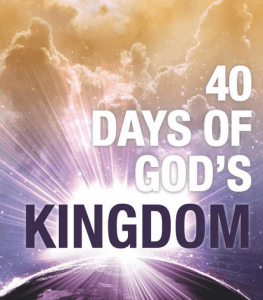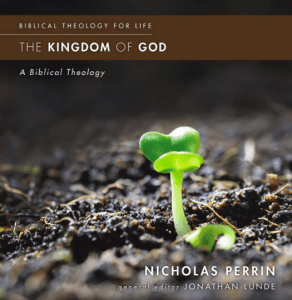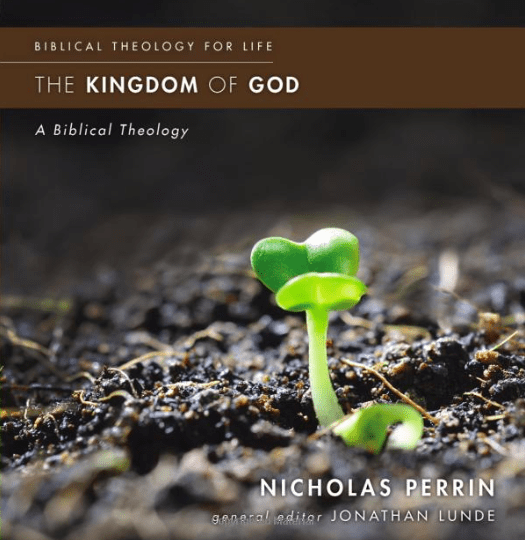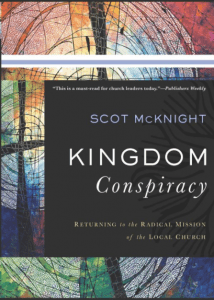 The majority of us are taught the faith through a set of theological ideas, whether they are the Creed, a Reformation Confession, a church’s statement of faith, or a systematic theology. Well and good, we’ve done this quite well.
The majority of us are taught the faith through a set of theological ideas, whether they are the Creed, a Reformation Confession, a church’s statement of faith, or a systematic theology. Well and good, we’ve done this quite well.
But teaching the faith through a set of beliefs works against (1) the essential narratival structure of the Bible and (2) works against teaching the faith as a narrative. Systematic theology would be reshaped if we learned to teach the faith through the Bible’s narrative. New themes would emerge — God as shaping history toward a goal (not the same as eschatology) — and other themes would gain less prominence (e.g., the Fall).
Where to begin? Teaching at Pacific Rim Christian University (Honolulu) in June I met a pastor, Rick Stinton, a Dallas grad and a teacher at Pac Rim and … I could go on…. One of my students mentioned, after I had spent a day teaching Kingdom Conspiracy, that Rick Stinton had this book on kingdom and would I take a look.
What grabbed my interest is that Rick’s a born teacher of lay folks and so has learned to speak at the right level for teaching in the church. His book is called 40 Days of God’s Kingdom and there is a fine study guide to accompany it. It’s all designed to keep the big idea clear and to keep the big idea in mind at every move, and he moves sequentially through the whole Bible with a kingdom theory in mind. Do we agree? Overall, yes, but not in every particular. But this book successfully keeps a kingdom theology narrative at the front of reading the Bible and it does it in a way that will be beneficial for church after church.
For more, check Rick Stinton’s website.
Here is a summarizing clip of the whole book:
The “Big Idea” of the Bible
God reclaims his righteous, loving rule over a rebellious world through his Anointed King, Jesus, who triumphs over Satan’s evil on the cross, rescues, in supreme love, people under the curse of sin and death, and fashions a magnificent New Creation under his reign, to the praise of his glorious grace!
Genesis 1-11 The Life-Giving King creates his majestic kingdom on Earth, but human rebellion ruins it with sin and death.
Genesis 12 through Deuteronomy The Creator King forms Israel as his loved kingdom on Earth, in order to triumph over the curse of death and give life to all the peoples of the world.
Historical Books (Joshua through Nehemiah) The Covenant King exercises his faithful rule during the highs and lows of Israel’s history, all in anticipation of sending his Anointed King into the world. [The historical books are almost entirely ignored in most systematic theologies, creeds, confessions, etc.] He fleshes this out:
The Covenant King exercises his loving rule in Israel’s history, by giving them victory to possess the Promised Land, instituting a human king to govern his reign, centralizing his throne in Jerusalem and granting an eternal dynasty through David, exiling the nation in judgment for their persistent rebellion, and restoring his loved people to their kingdom land, all in anticipation of sending his Anointed King into the world.
Prophets (Isaiah through Malachi) The Loving King guards his reign through his messengers, the prophets, and reigns in wisdom. He fleshes this out:
The Righteous, Loving King guards his reign through his messengers, the prophets, by calling his treasured people to a faithful covenant relationship, announcing judgment for their unfaithfulness, and proclaiming the coming of his Anointed King to rule in righteousness and glory.
Poets (Job, Psalms, Proverbs, Ecclesiastes, Song of Songs) The Awe-inspiring King reigns in wisdom, enabling his people to live meaningful and skillful lives in relationship with him.
The Gospels (Matthew, Mark, Luke, John) King Jesus displays God’s rule with absolute power and supreme love. He fills this in:
Heaven’s Anointed King, Jesus, displays God’s rule with absolute power and supreme love, through his supernatural birth, his life of teaching and miracles, and his death and resurrection, which triumphs over Satan and the curse of sin and death and gives life to all people who turn to him in faith.
Acts and New Testament Letters (Romans through Jude) The Risen King, Jesus, launches a new kingdom people, the Church. Here’s the more:
The Risen King, Jesus, launches a new kingdom on Earth of Spirit-empowered believers, to represent his loving presence in the world, and advance his life-giving reign among the nations, until he returns to recreate all things under his righteous rule.
A Snapshot of Revelation The Conquering King, Jesus, exercises his righteous, life-giving rule over a rebellious planet, by reigning over the Church, unleashing future, catastrophic judgment on a rebellious world, and returning in majesty to reign in love over his New Creation.
This is a huge step forward for church teaching; it keeps us focused on kingdom both as redemptive power and redeemed people. It might have more on christology in the main points — namely, Messiah and the story of Israel — but the individual chapters bring these to the fore often enough. (Of course, I have a bigger break at 1 Sam 8 where the narrative moves from a divine king to a human king in anticipation, through the prophets especially, of a divine-human king.) But the focus in this book is the focus we need more of.
Bravo! Try it in your church.














